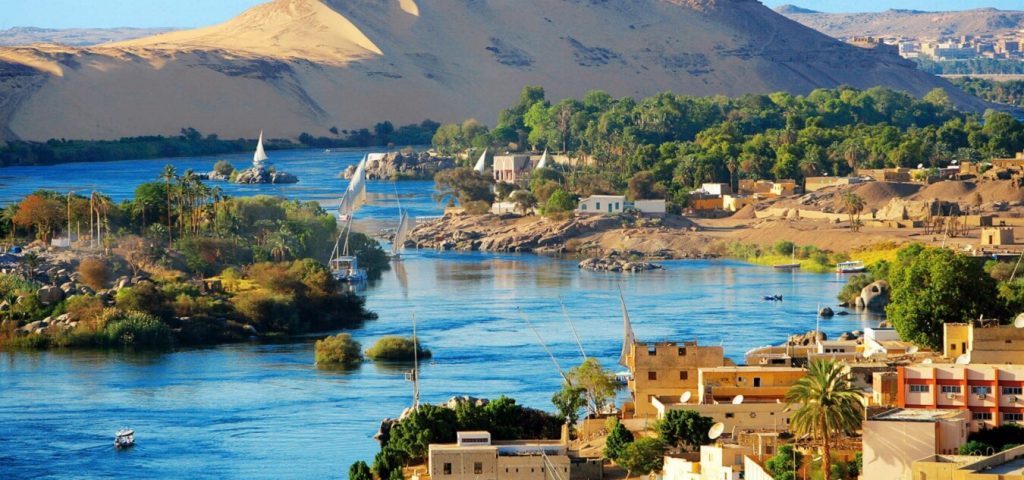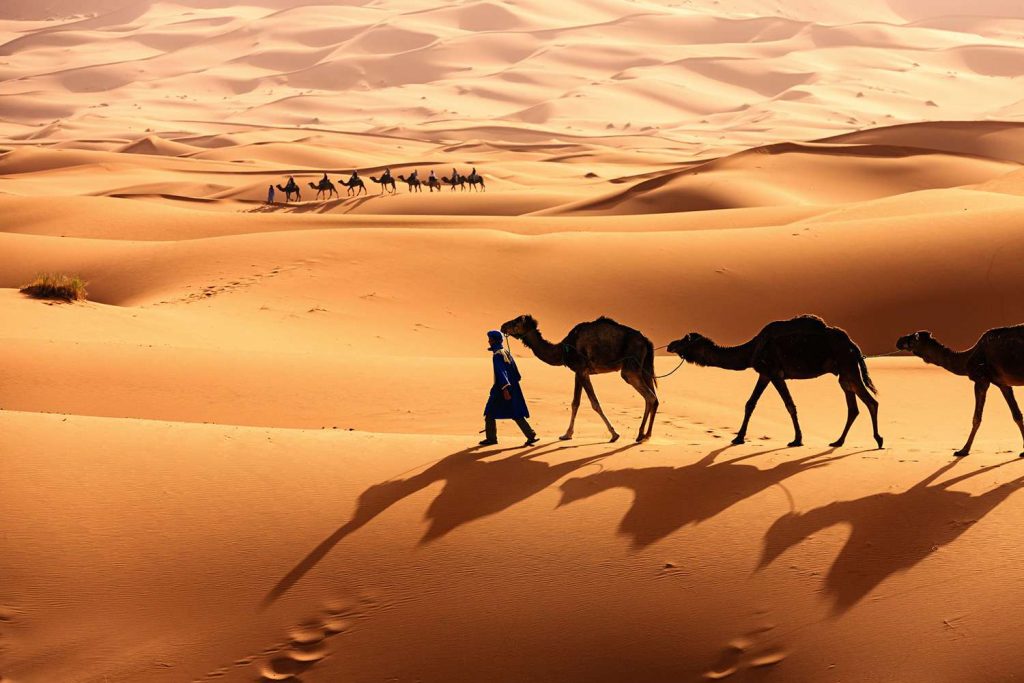The Nile is the longest river on earth, with a total length of 6.650 kilometers. After crossing northeast Africa, it flows into the Mediterranean Sea in Egypt. It brought civilization to the world thousands of years ago and still is the lifeline of Egypt, Sudan, and South Sudan.

Source: www.journeytoegypt.com
The two major contributors of the river are called Blue Nile and White Nile, while the Blue Nile carries way more water, the White Nile is longer and begins at Lake Victoria. Lake Tana in Ethiopia is the undisputed source of the Blue Nile, while the true source of the White Nile is still disputed. Explorers from Europe have been trying to find a definitive answer including the British Victorian explorers, Italians, Germans, Belgians, and Austrians.
Tanzania, the Democratic Republic of the Congo, Burundi, Rwanda, Uganda, Kenya, Ethiopia, Eritrea, South Sudan, Republic of the Sudan, and Egypt make up the drainage basin of the Nile, meaning that most water in these countries converges to the Nile and feed it. Not all of these countries reap a great economic benefit from the stream, it is still important for transport, agriculture, and fishing. Before modern damming, the Ancient Egypt and Sudanese kingdoms have relied on its annual flooding caused by the Blue Nile and built civilizations along the stream. The wind blows south along the river, which allowed ships to go up and down the stream year-round as the river itself flows north.
Along its complete length, the river is used to transport goods and allows humans to live in the otherwise inhospitable regions of the Sahara. The desertification of the Sahara has only reached its current state as wetlands in the west of today’s Sahara were drying out and life moved to the Nile. The river does not only provide people with water and a way of transport but attracts tourists as well. Additionally, it is a main power source as dams are used to generate electricity.
With growing numbers of population and Egyptian products being wanted on the world market the yields of the fields along the river had to be maximized. The British build the first dam around 1900, but it quickly became clear that it wasn’t big enough. In 1960 the Egyptian president Nasser build a huge new dam which is why some call it Nassers Pyramid to this day. This meant that water supply was more regulated, and fields could be supplied with water all year round.
The Nile Delta is the most fertile region in north Africa and inhabited by 60 million people. There used to be seven distributaries, today there are only two left as the others were lost due to flood control, silting, and changing relief. The soils have become poorer as well due to the Aswan Dam as the natural supply of sediments and nutrients is hindered by it.



